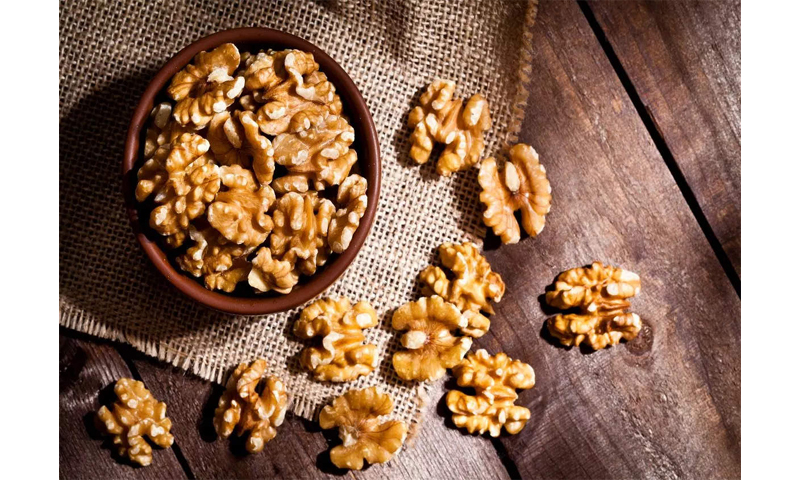SACRAMRNTO, Oct 8: India’s appetite for walnuts shipped from California is growing steadily as more people learn about their health benefits and the daily consumption of the key dry fruit in the country is likely to double in the next 10 to 15 years, a top industry official has said.
California walnuts account for 99 per cent of the commercial US supply and close to 50 per cent of the world trade. Germany is the top export market, followed by the Middle East and Turkiye.
In India, the consumption peaked in 2020 before Covid-19 disrupted the global supply chains and upended walnut exports to the country from nearly 19,000 metric tonnes in 2020 to just 6,500 metric tonnes last year.
“The desire for walnuts in India has been growing very steadily, year after year, as more people understand the health benefits and also eat them other than just at the time of the festive season,” Pamela Graviet, Senior Director, Global Programs, California Walnut Commission & Board, said.
“The maximum level was just under 19,000 metric tonnes in 2020. That was the height of Covid-19. California experienced supply chain issues and it was very difficult to get the walnuts into India in a timely manner. In 2021-22, we saw exports of California walnuts to India decline pretty rapidly and now we’re starting to see them increase again,” she said on Friday.
The California Walnut Commission (CWC) has adopted a slew of measures, including roping in food connoisseurs, dieticians, researchers and social media influencers, to ramp up its business in India and create awareness about the nutritional and medicinal benefits of walnuts, which have been cultivated for over a millennium.
“Since 2012, we have had educational programmes talking about the health benefits of walnuts, as well as different ways to use them, not only in traditional Indian dishes but also in other types of cuisine,” Graviet said.
“To reach every corner, we don’t have a budget large enough. But what we try to do is we try to work with influencers that are either chefs or those in fitness or lifestyle that are teaching the local population. We need either new recipes or new ideas,” she said.
The California walnut industry, which comprises over 4,000 walnut growers and nearly 75 handlers, sees a huge market for its products in India and is pulling out all stops to tap into it.
“The International Nut & Dried Fruit Council does an analysis of consumption around the world. And when we look at the number of walnuts that are available in India, and then across the population, the consumption is about two walnuts per person per year.
“It’s very, very small. So, there’s a tremendous opportunity for growth. And, we see that over the next 10-15 years, that consumption will double or probably triple,” Graviet said.
As the demand increases, the CWC is there to help fill the gap by providing education through events that also give some hands-on experience with California walnuts, she noted.
Walnuts are one of the oldest known tree fruits, dating back to 10,000 BC. Medical practitioners have known for time immemorial that the walnut has health-giving qualities. It took 20th and 21st-century science to assess and analyse the nutritional assets and medical benefits of the walnut, and there are many, including omega-3 fatty acids, antioxidants, fibre, and numerous vitamins and minerals.
Research has shown the diverse benefits of walnuts through many clinical studies. Because of the strong evidence of the walnut’s potential role in cardiovascular health, the US Food and Drug Administration approved one of the first qualified health claims for a whole food in March 2004, according to a statement.
“Supportive but not conclusive research shows that eating 1.5 ounces of walnuts per day, as part of a low saturated fat and low cholesterol diet, and not resulting in increased caloric intake, may reduce the risk of coronary heart disease,” it said.
In addition to heart health, studies have shown that walnut consumption may benefit people with diabetes and cancer, promote bone health, assist with weight management, improve cognitive performance and counteract some effects of ageing. (PTI)


